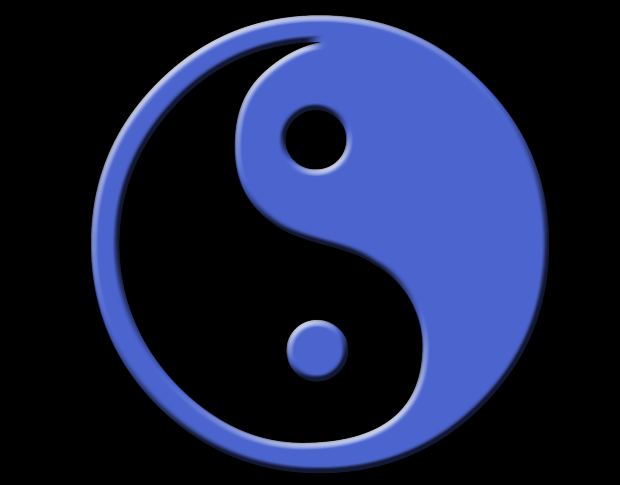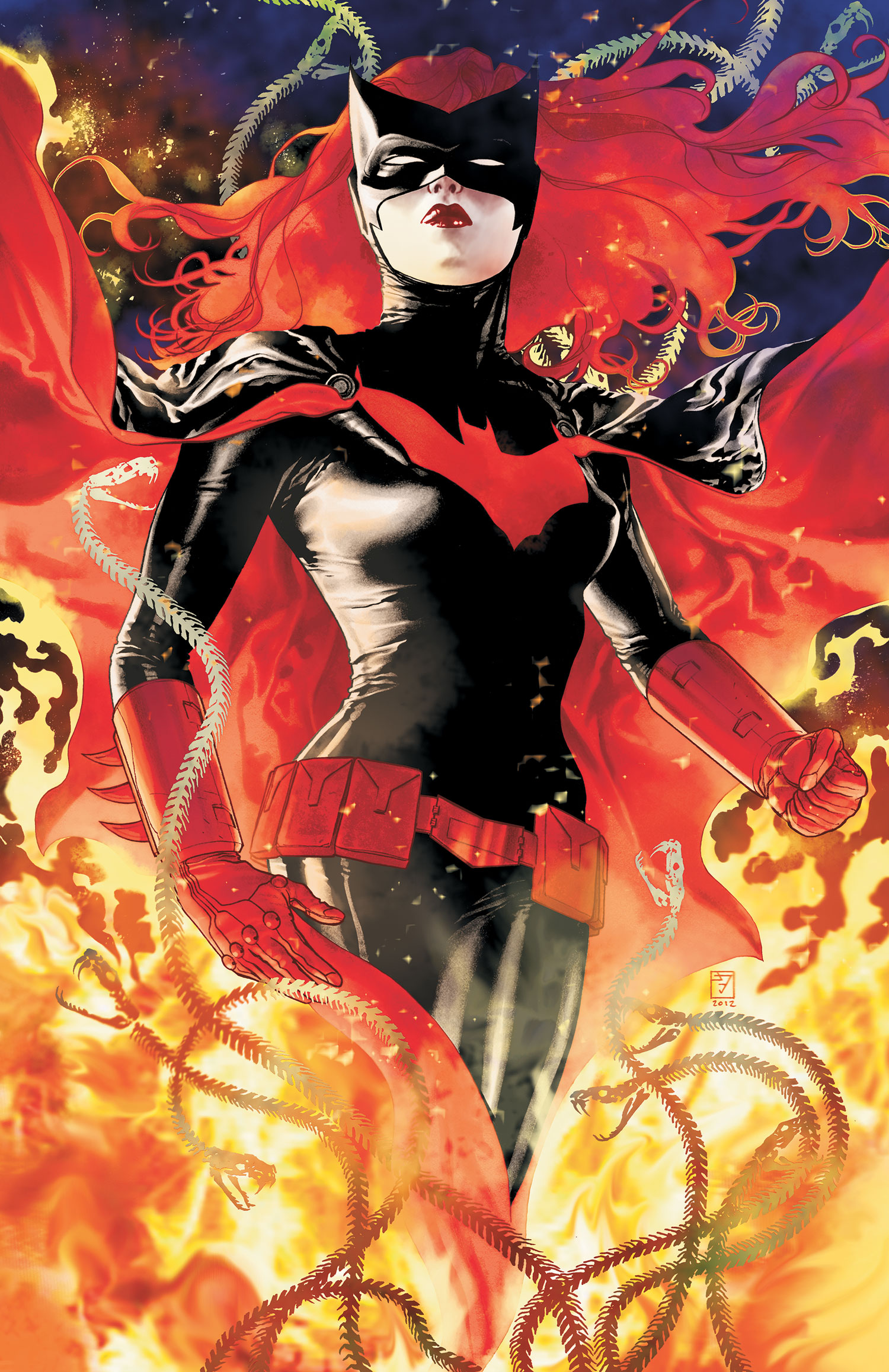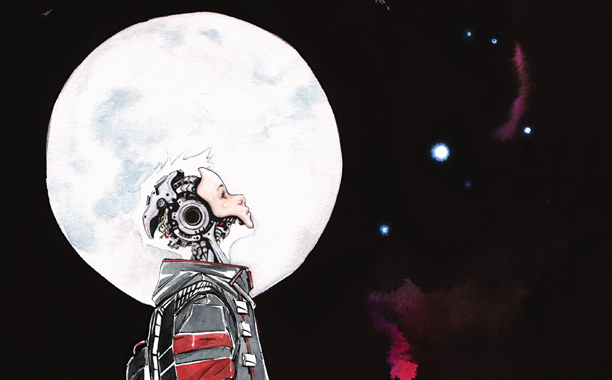They don’t call me Kung Fu Dave because I like badly dubbed foreign films. I’m one of those crazy people that chooses to spend a portion of his day learning how to defeat a variety of opponents with the wisdom of the ancients. Some of that wisdom is purely philosophical, but some of it was developed for the purpose of self-defense and self-improvement.
Personally, I focus on Chinese Kung Fu, specifically Long Fist and Wing Chun, but I’ve dabbled in a whole lot of things over the years. One thing that I can say for certain is that I’ve seen a lot of crazy stuff. I can also say that being a martial artist has given me a more enlightened perspective on feminism, and I can’t help but find myself annoyed at some major martial arts misconceptions, especially the ones women have to consider.
The world of martial arts can be difficult for women. Many spend their entire lives being told to avoid such masculine activities and that they cannot match the pace of their male counterparts. Some are told they shouldn’t even try. That just makes me get this little twitch in my left eye. If there’s one thing I’ve learned as a martial artist, it is that everyone has the chance to become strong. Everyone has a path to inner strength, and everyone has the chance to become a fighter. Now, how could that be true? I mean, everyone tells you-
Misconception #5: Martial Arts training is a boys club
Statistically, there are more men that study martial arts than women. There are probably about 3 men to every 1 woman in any given MMA class. That is an observable fact, and while I don’t have the same statistics for a traditional martial arts class, I think the numbers would end up being the same. This is discouraging for any woman who might want to join a class and learn something new. Why risk the intimidation and the threatening nature of fighting around these people?
Consider the lady or gentleman running the class. If that person is any good at their job, they don’t care if you’re male, female, undecided, or otherwise. What matters is that you’re wearing clothes that you can fight in. Their attitude changes everything. Whether you’re studying at a dojo, a Chinese Kung Fu school, or an MMA gym, one thing is always the same: the best fighter is the one that does not care who you are or what you look like. You are united with them in a single goal: to become stronger and have a good time in the process.
A good training space is just that: a training space. Your gender gets left behind in your gym bag while you work. The majority of your training partners will support you in this, as will your Sensei, Sifu, teacher, or whatever you call the person you’re learning from. There may be a lot of men there, but you probably won’t see any disrespect for choosing to be there unless a terrible teacher is running the place. You’ll be respected for your dedication and the skills you learn.
Now, you may get inquiries as to your relationship status after class, but martial artists tend to be pretty respectful about that kind of thing.
However, some will say that doesn’t change the fact that-
Misconception #4: Size and Strength are the only thing that matters
I can’t blame people for believing this. In the west, we’re addicted to concepts like “weight classes” and the idea that heavyweight fights are the most important fights. There is an odd misconception that only the biggest and strongest fighters can succeed, and it is especially disheartening to women. After all, the average height of a man in the US is around five feet, ten inches, and the average height of a woman is around five feet, six inches. On a purely medical level, there is a gap in the size and strength department between the average man and average woman.
That said, let’s talk about Bruce Lee. Standing at five feet, seven inches, and never weighing more than 135 pounds, Bruce Lee has been referred to as the greatest fighter of the modern age. Now deceased, his movies remain famous, and his accomplishments remain legendary. He was short, fast, and tough as nails.
My favorite line about Bruce Lee, a quote that I cannot attribute, is: “Mike Tyson can hit a punching bag so hard that it would rip, and Jet Li can move so fast a camera can’t follow him, but Bruce Lee could do both.” There are seven foot tall, 300 pound fighters with more muscle than you can imagine who can’t do what Bruce Lee could do.
The thing that matters most between martial artists is skill and technique. Most martial arts techniques are designed to take muscle power out of the equation and use body mechanics to deliver superior results. That is why legends of an 80 year old master who breaks a crowd of fighters exists. If you’ve been studying for that long, and understand the body mechanics behind a fighting style, reduced physical ability becomes a non-issue.
Now, muscle power is still important, don’t get me wrong. If you’re caught off guard, you might need muscle power to give yourself a few seconds to try something new, and any idiot could tell you that muscle power will enhance nearly any attack. However, good technique multiplies the effectiveness of muscle power, or makes someone else’s muscle power a non-issue.
Shorter fighters can’t depend on power and muscle to save them in a difficult situation the way a larger fighter can. That’s actually a good thing! Because of this fact, a shorter fighter will often develop their techniques on a level beyond their larger counterparts, because they don’t have the option to fight any other way. Furthermore, while they don’t have the same range as a taller opponent, the quality of their range and what they can do within that range tends to be superior.
The scariest martial artists I know are all around four to six inches shorter than me, and they’re like roving meat grinders within their range. Their problem is clearing the distance between their larger opponent’s range to the point that they can use their own range to take them down. I have one training partner named Ying. She focuses on Baji Quan Kung Fu, a style renowned for it’s ability to kill someone with a single strike. She’s five foot four, and if there’s anyone I will not stand in range of during a fight, it’s her.
I have another training partner named Sarah, who is maybe five feet, four inches in height. She’s a Karate expert. I’ve walked into a sparring match against her feeling confident and ready, and walked out with my arms and legs feeling like they’d been hit repeatedly with baseball bats. Karate never stops attacking, and getting into her striking range means accepting that she’ll break everything you put in her range until you choose to stop fighting. Size and strength are always going to be secondary to skill, and I’m always going to be more nervous fighting a smaller opponent than a larger one.
Physical ability isn’t the only thing people worry about. The next great martial arts master might worry about how they’re perceived, in which case they may fear-
Misconception #3: You aren’t feminine if you train martial arts
So you’re saying that none of these women are feminine? Or do you believe that femininity cannot be active? Is femininity something always inactive and passive, or can a woman be active, strong and still feminine? I do not think that manliness is defined as being active, and femininity is defined as being passive.
What I would say is this: good martial arts training is by its nature a beautiful act. You’re taking a fight, and redefining its outcome with grace and precision. It is gaining the ability to control conflict. Whether you’re a man or a woman, I think it’s an incredible undertaking. A woman should not be perceived as being “man-ish” for studying martial arts, and a man shouldn’t be perceived as “woman-ish” for studying fashion design.
We’re all a little too mature and intelligent to pretend that the old roles we’ve shoehorned each other into still work, and that viewing things as though we live in Victorian London is a viable way to go through a modern and enlightened age.
(As a side note: I automatically perceive any woman who studies martial arts as being about 25% more attractive. It’s a common point of interest, and a serious turn-on.)
Moving right along, lets discuss what is Misconception #1 about martial arts training for the general public, but actually Misconception #2 when viewed from the perspective of women. Namely-
Misconception #2: Martial Arts are just about fighting people
There’s this one person, and you spot them pretty quick. I hate this guy (or girl), because they’re going to hurt someone. They show up in just about every class for every fighting style. This person likes to fight, and really wants to win above all else. They lack control, they really like hitting things, and they’re in it because they want to fight and fight until there’s nothing left to fight.
Maybe they can’t even articulate that, but they’re going to do it. They’ll stay in whatever class they’re in until they hit a wall they think they can’t get past, and leave because they think “there’s nothing for me to learn here.” And until they leave, or get kicked out of the class, this student is going to swing for the fences and hurt everyone around them.
If all the martial arts of the world were purely about fighting people, then there would be no martial artists in the world. Just killers.
Regardless of what martial art you’re learning, it is a path of discipline and honor alongside a bunch of other like-minded individuals who are there to help you. You might even become good friends. You’d be surprised how many good friendships are born from the fact that two people can trust each other to the point that they’ll throw punches at each other with full control, and know that neither will hurt the other in the process.
Most martial artists aren’t there to fight. Sparring is a lot of fun, but deep down they’re there because it’s fun, and it’s a valuable life skill that improves various aspects of their lives. Really though, none of these are the largest problem that lot of women have to deal with. The worst misconception is-
Misconception #1: You are a victim
You’re supposed to be protected by someone bigger, stronger, and preferably male. That is what many women are told, and a great number of them even believe it. We still tell a lot of the same ancient stories that follow the fairy-tale premise that the princess needs to be rescued from the castle, and that a very male knight in shining armor is going to do the job.
I’ve known at least one woman who studied Krav Maga and was told by her boyfriend, “You don’t need that stuff baby, I’ll protect you.” She stopped training.
To give you some context, this guy said they called him “Neo” because his moves were so fast he could dodge bullets.
She always had poor taste in men.
Women are not victims, and men aren’t by nature either knights or aggressors. The world is not fair, and we’re all victims for one reason or another. We all have our knights, regardless of whatever shape or gender they may actually have. We stumble around this strange world of ours and find answers, and occasionally we even get to save someone.
Sometimes, that requires knowing how to fight. More importantly, it’s a question of knowing how to control conflict. Nothing gives you the understanding you need in a stressful situation like good training. I’ve found that most things in life become a lot easier once you’ve learned how to step around a punch coming at your face.
So who knows? Maybe I’ll see you in a Kung Fu suit, Karate Gi, or MMA gloves in the near future. But don’t let these misconceptions slow you down. Whether you do it for fun, self defense, or just as a life style choice, martial arts training may be right for you.





